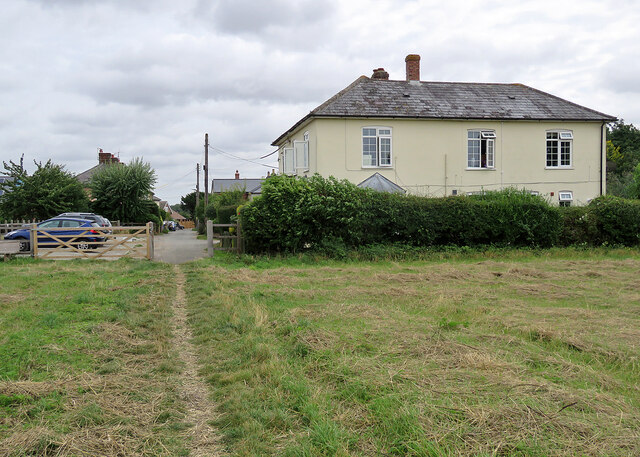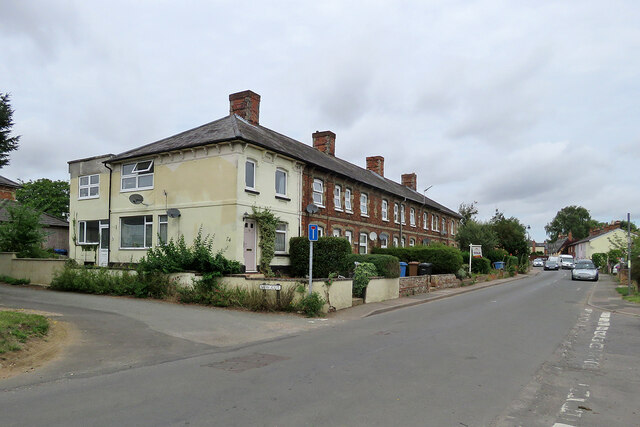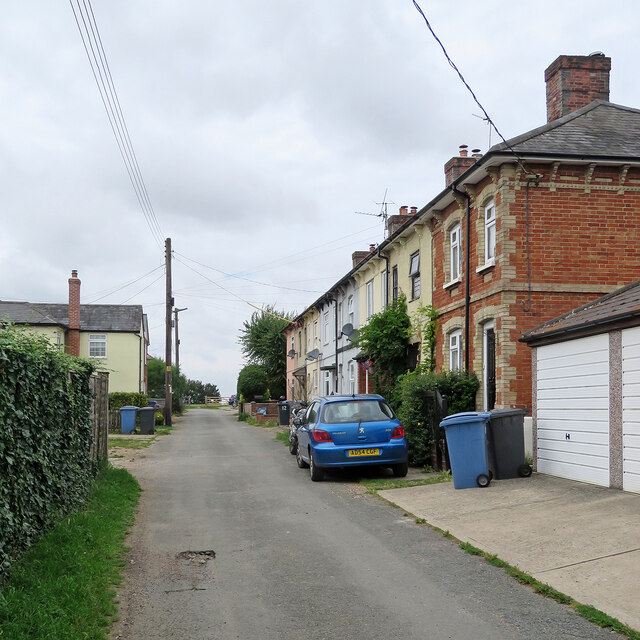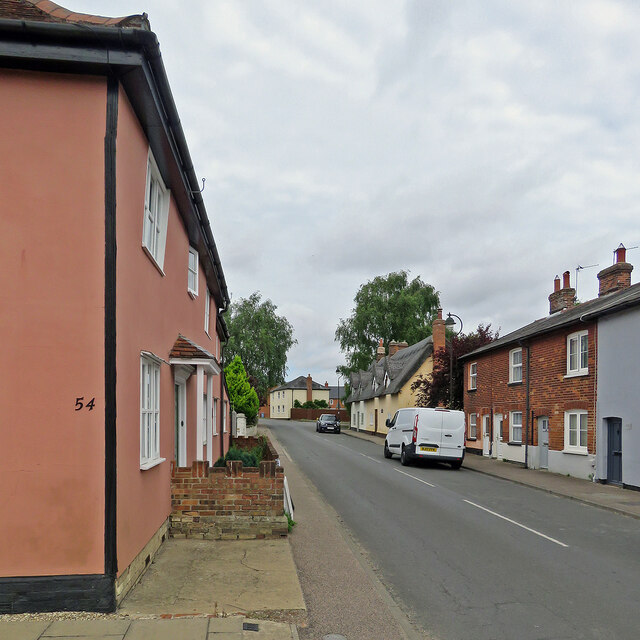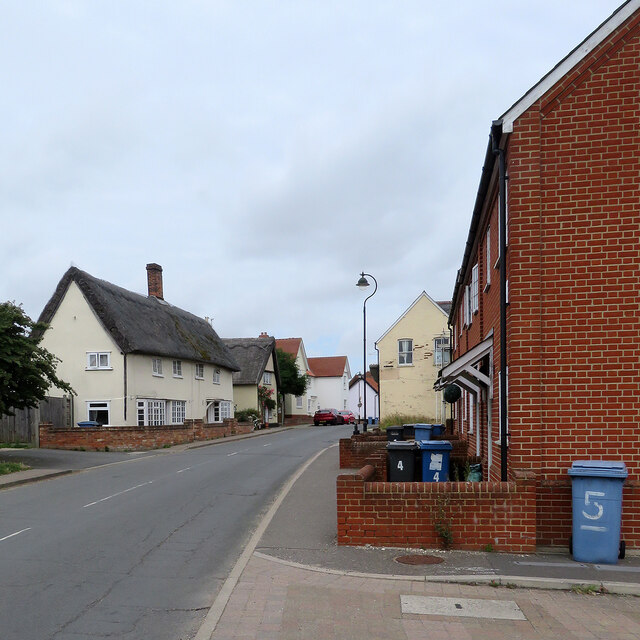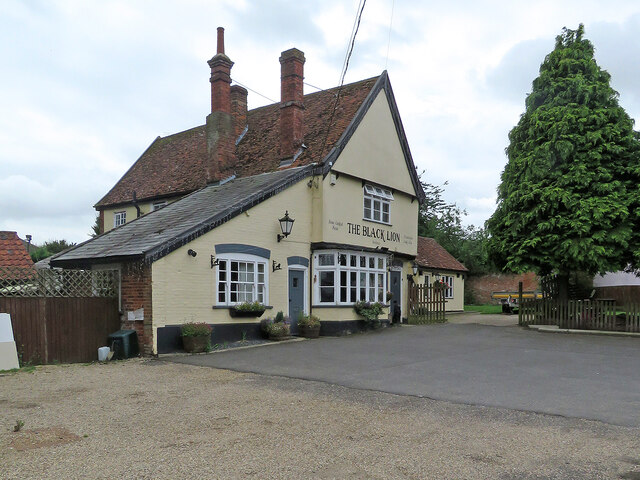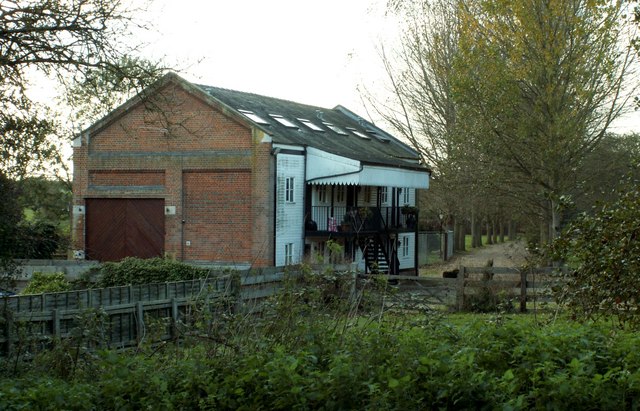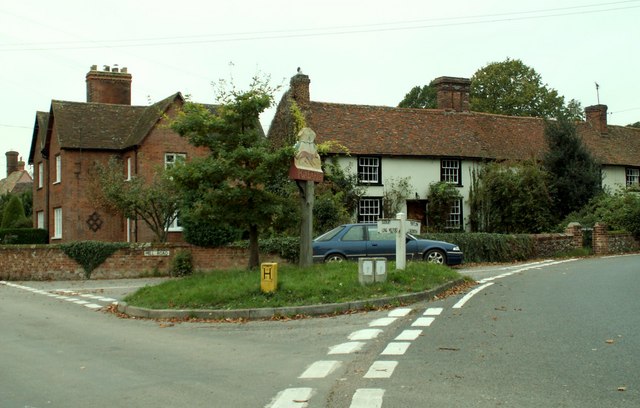Court Wood
Wood, Forest in Suffolk Babergh
England
Court Wood

Court Wood is a picturesque woodland located in Suffolk, England. Spanning over a vast area, this enchanting forest is nestled amidst the serene countryside, offering visitors a tranquil escape from the hustle and bustle of city life. The wood is located near the village of Court and is easily accessible by both foot and car.
This ancient woodland is home to a diverse range of flora and fauna, creating a haven for nature enthusiasts and wildlife lovers. The forest boasts a variety of majestic oak, beech, and ash trees, among others, which provide a stunning backdrop for leisurely walks and exploration. The woodland floor is carpeted with an array of wildflowers and ferns, adding to the natural beauty of the surroundings.
Court Wood is also a sanctuary for a wide range of wildlife species. Visitors may catch a glimpse of deer, foxes, and rabbits as they roam freely through the forest. Birdwatchers will delight in the opportunity to spot various species of birds, including woodpeckers, owls, and thrushes, among others.
The wood offers well-maintained footpaths and trails, allowing visitors to experience the beauty of the forest at their own pace. It is also a popular destination for picnics and nature walks, with designated areas providing picnic tables and benches for visitors to relax and enjoy the peaceful ambiance.
Overall, Court Wood is a natural gem within Suffolk, offering a serene and idyllic setting for individuals seeking to immerse themselves in nature's beauty. Whether it's a leisurely stroll, a picnic with loved ones, or birdwatching, Court Wood promises a delightful and rejuvenating experience for all who visit.
If you have any feedback on the listing, please let us know in the comments section below.
Court Wood Images
Images are sourced within 2km of 52.095018/0.68308683 or Grid Reference TL8347. Thanks to Geograph Open Source API. All images are credited.




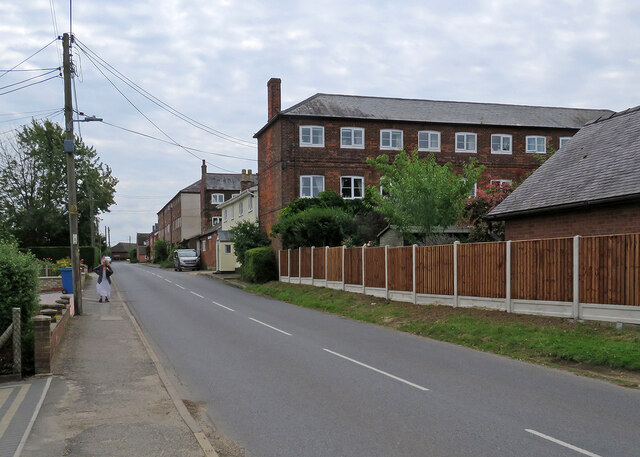
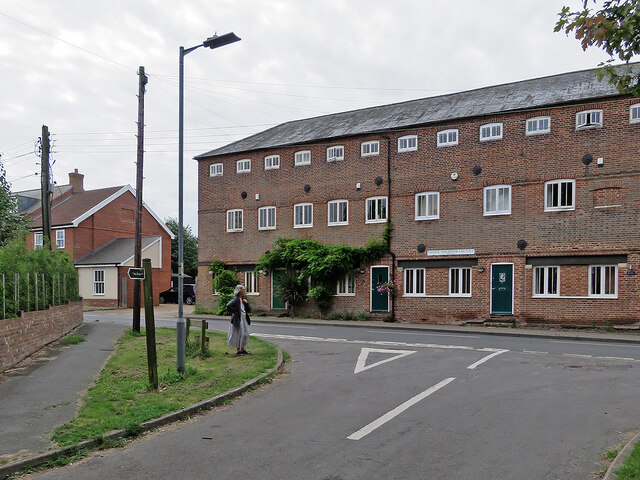
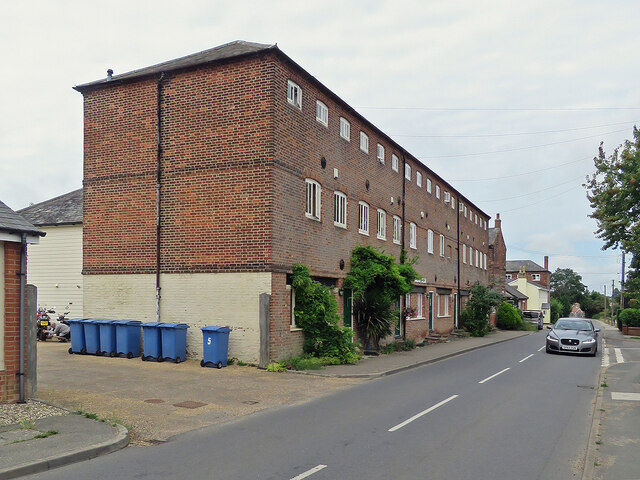
Court Wood is located at Grid Ref: TL8347 (Lat: 52.095018, Lng: 0.68308683)
Administrative County: Suffolk
District: Babergh
Police Authority: Suffolk
What 3 Words
///alarmed.newspaper.dirt. Near Glemsford, Suffolk
Nearby Locations
Related Wikis
Stanstead, Suffolk
Stanstead is a village and civil parish in Suffolk, England. The name Stanstead comes from the Old English for "Stony place". Located off the B1066, it...
Glemsford
Glemsford is a village in the Babergh district in Suffolk, England, near the town of Sudbury. Glemsford is located near the River Glem and the River Stour...
Glemsford railway station
Glemsford railway station was a station that served the village of Glemsford in Suffolk, England. It opened in 1865 on the Stour Valley Railway between...
Glemsford Pits
Glemsford Pits is a 37.5-hectare (93-acre) biological Site of Special Scientific Interest south of Glemsford in Suffolk. The River Stour, which forms the...
Foxearth
Foxearth is a village and civil parish on the borders of north Essex and Suffolk in England, between Long Melford and Cavendish. The neighbouring parishes...
Holy Trinity Church, Long Melford
The Church of the Holy Trinity is a Grade I listed parish church of the Church of England in Long Melford, Suffolk, England. It is one of 310 medieval...
Long Melford F.C.
Long Melford Football Club is a football club based in Long Melford, Suffolk, England. Affiliated to the Suffolk County FA, they are currently members...
Cavendish railway station
Cavendish railway station was a station that served the village of Cavendish in Suffolk, England. It opened in 1865 on the Stour Valley Railway between...
Nearby Amenities
Located within 500m of 52.095018,0.68308683Have you been to Court Wood?
Leave your review of Court Wood below (or comments, questions and feedback).
